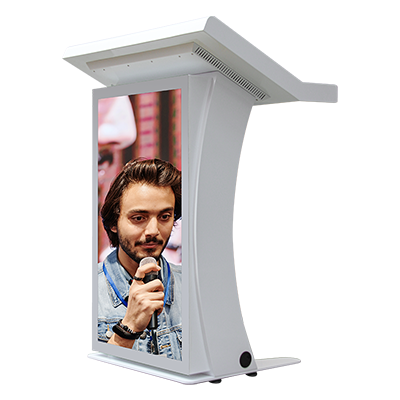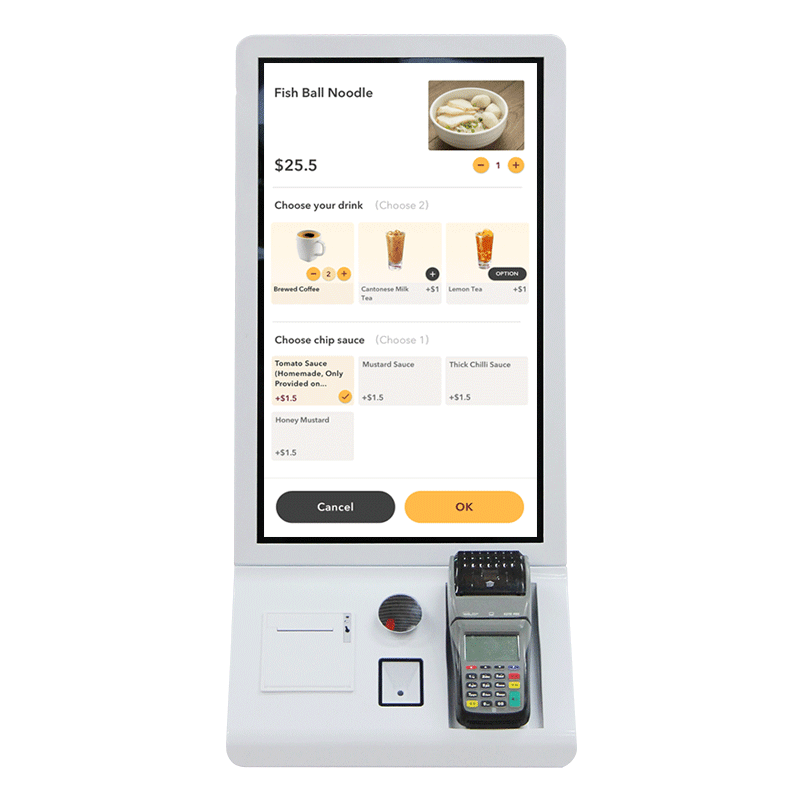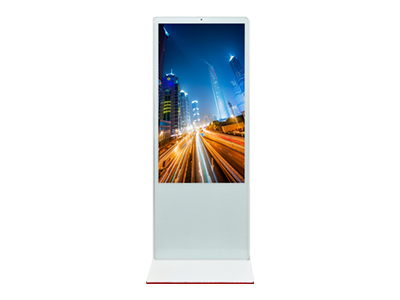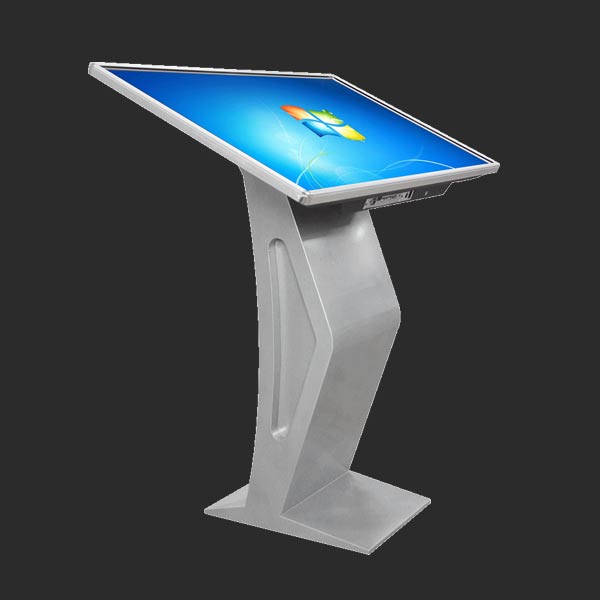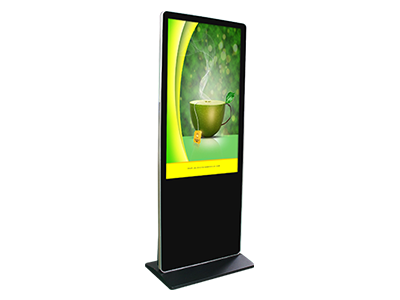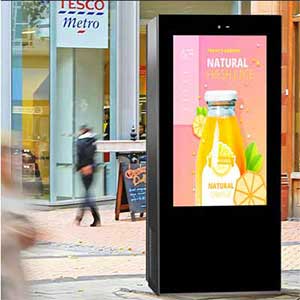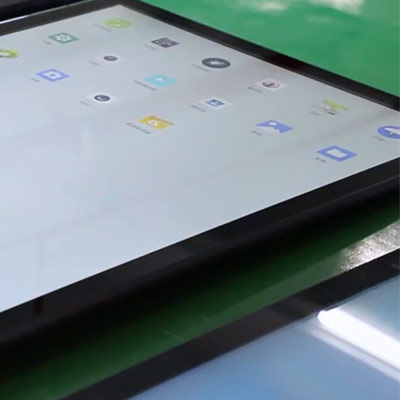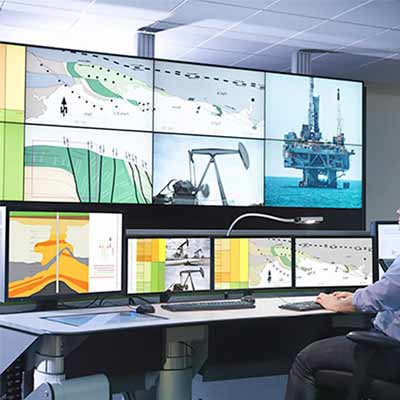Asianda digital signage (with air conditioning) FCC certification
Today, with the rapid development of digital technology, people can see digital signage everywhere in life, and they are widely used in all walks of life. In order to meet the needs of different industries, Asianda, as an industry leader with 14 years of Digital signage manufacturers, has developed a digital signage with air conditioning and has obtained related FCC certification!
Why does Asianda make digital signage with air conditioners?
1. Protect the electronic component to extend the service life: High temperature protection: In summer, high temperature weather will cause the internal temperature of the digital signage to be too high, and then cause irreversible damage to the electronic component, which may even cause digital signage to be suspended.
2. Reduce the stability of failure: The built -in air conditioner can ensure the stability of the light and dynamic effects by regulating the temperature. The stable internal environment helps reduce the failure caused by the overheating of the digital signage, and improves the stability and reliability of the equipment.
3. Adapt to special environments: For digital signs used outdoor, such as street billboards and bus stop signs, built -in air conditioners can cope with harsh weather conditions, such as high temperature and exposure to ensure that digital signs can still work normally in harsh environments.
Obtained FCC certification
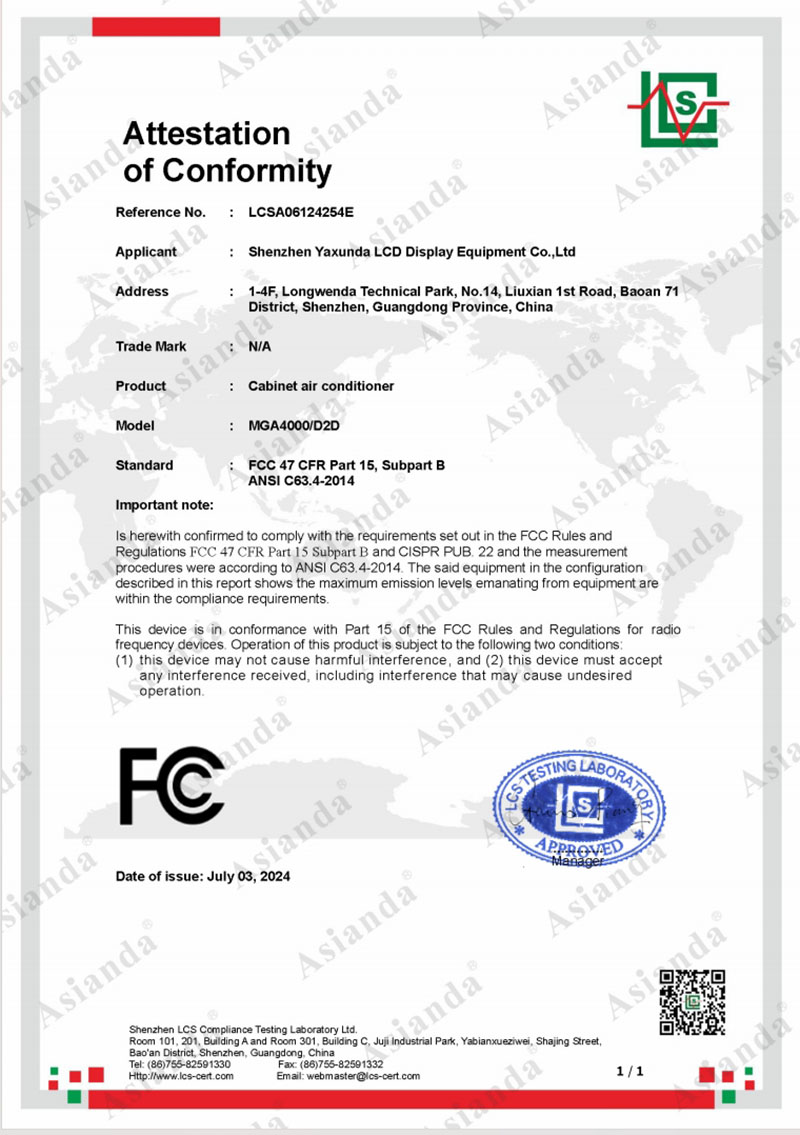
FCC 47 CFR PART 15, Subpart B is a rule released by the Federal Communications Commission (FCC), which mainly specifies the certification and test requirements of inadvertent radiation equipment. Unintentional radiation equipment refers to equipment that may generate radiation during normal use, but not for communication purposes.
ANSI C63.4-201 is a standard released by the National Standards Association (ANSI). The full name is “American National Standard for Methods of Measurement of Radio-NOISE EMISSISSISSISSISINO and LOWLTAGE ELECTRICAD and and Electronic Equipment in the Range of 9 KHz to 40 GHz “. The standard is designed to provide measuring methods for radio noise discharge of low -voltage electrical and electronic equipment in the range of 9 kHz to 40 GHz.
Certification and test requirements:
The device certification requirements of unintentional radiation equipment are stipulated, including processes and standards for certification and SDOC.
Detailed radiation restrictions of various types of equipment, such as conductive restrictions (§ 15.107), radiation emission restrictions (§ 15.109), etc., to ensure that the device does not interfere with wireless communication.
Test environment:
The standard also stipulates the requirements of the test environment to ensure the accuracy and repetitiveness of the measurement results. This includes the layout of the test room, the electromagnetic shielding measures, and the calibration of the test equipment.
Part of the data:

Test photo:
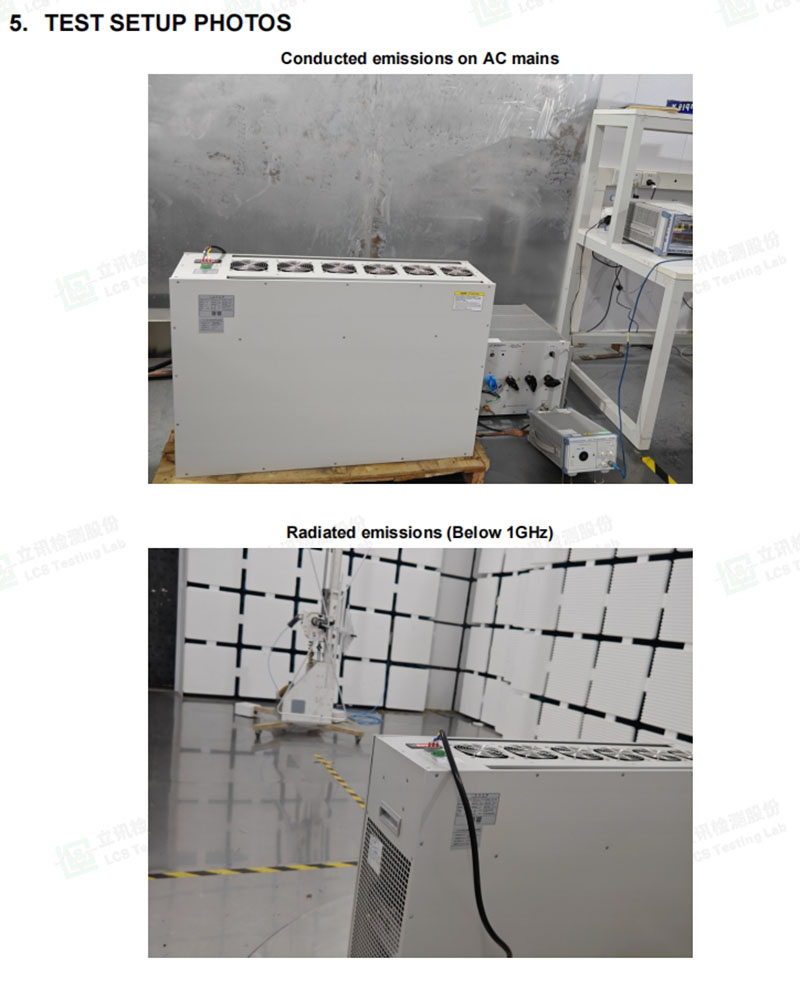




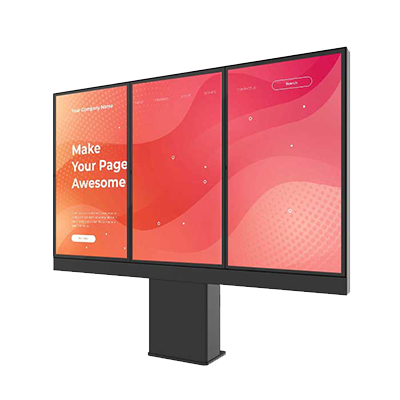
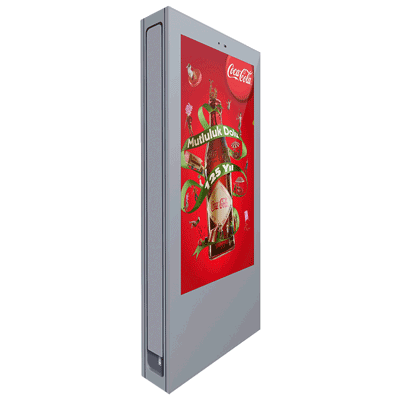
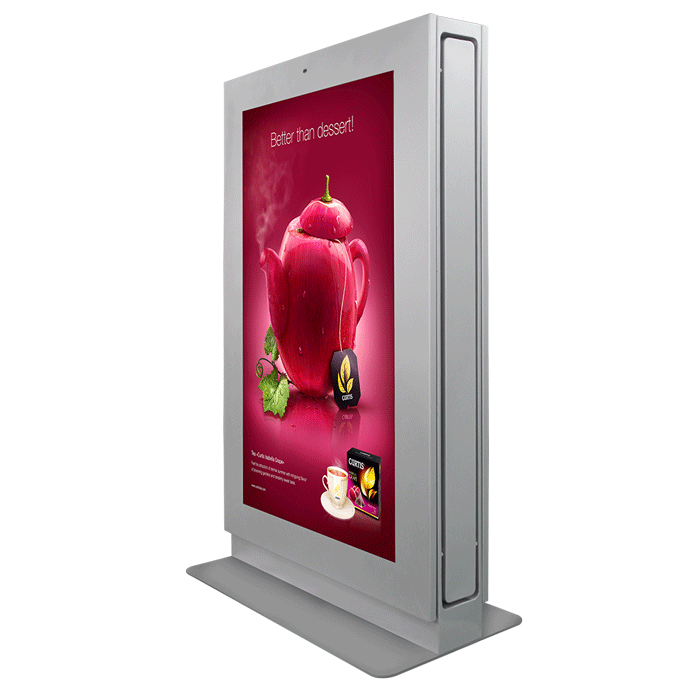
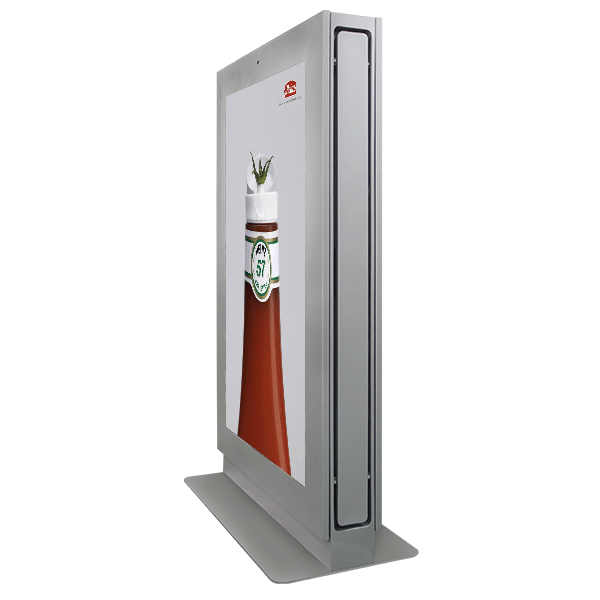


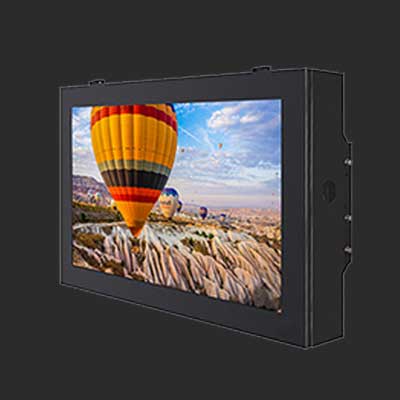
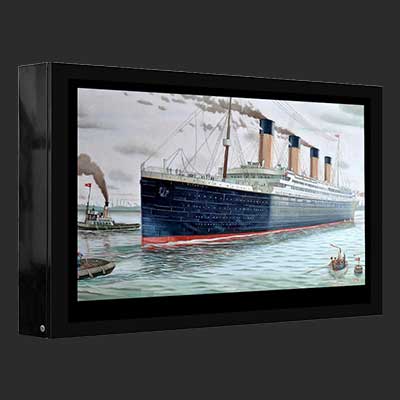



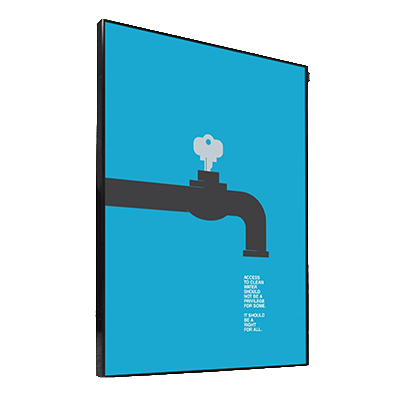



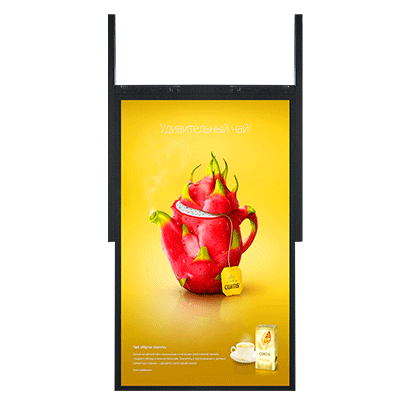

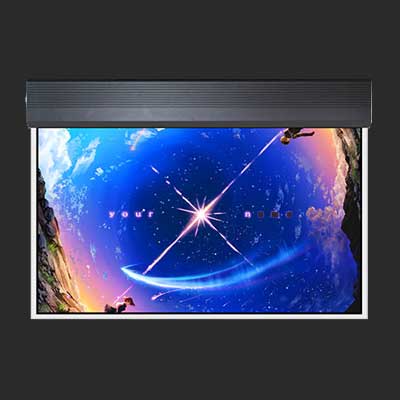

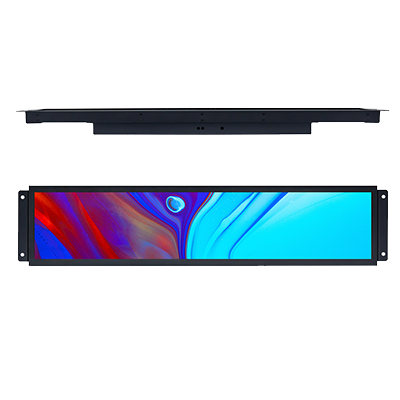


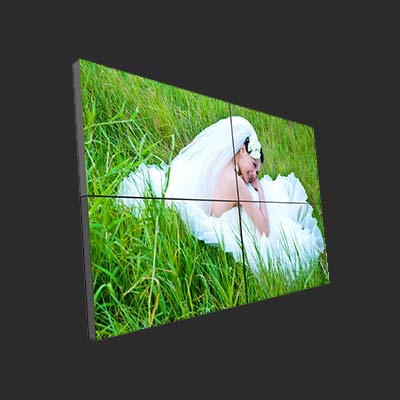


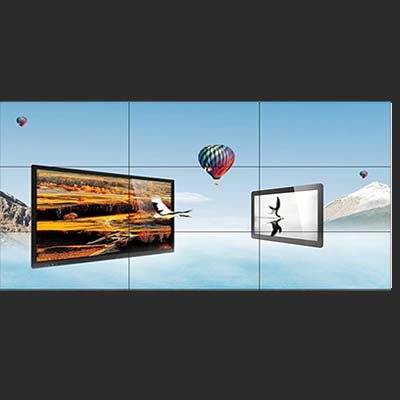
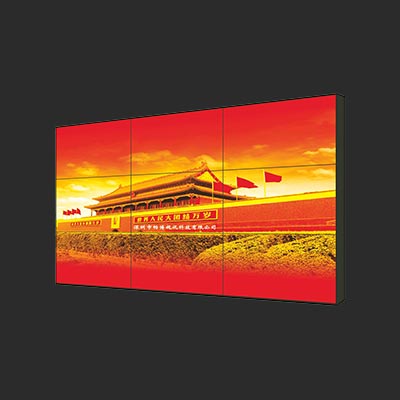


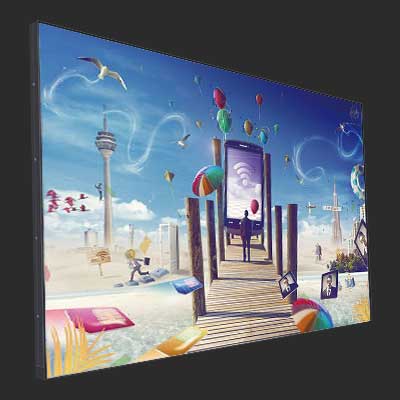


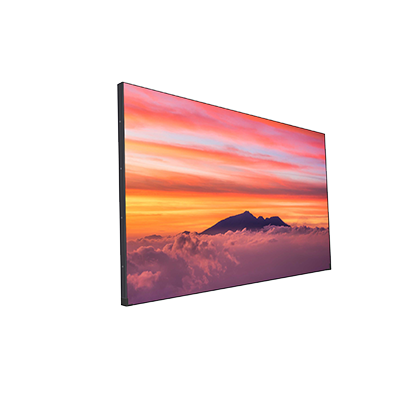




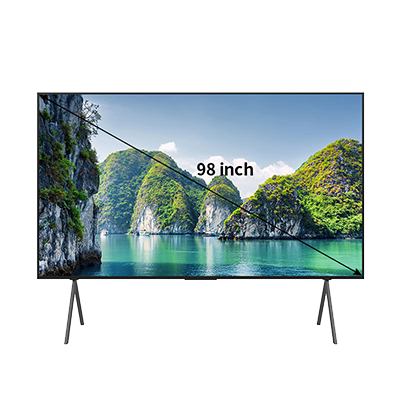
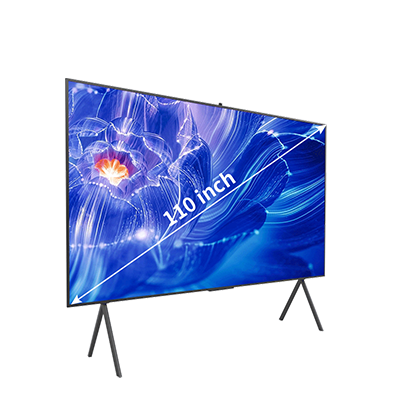
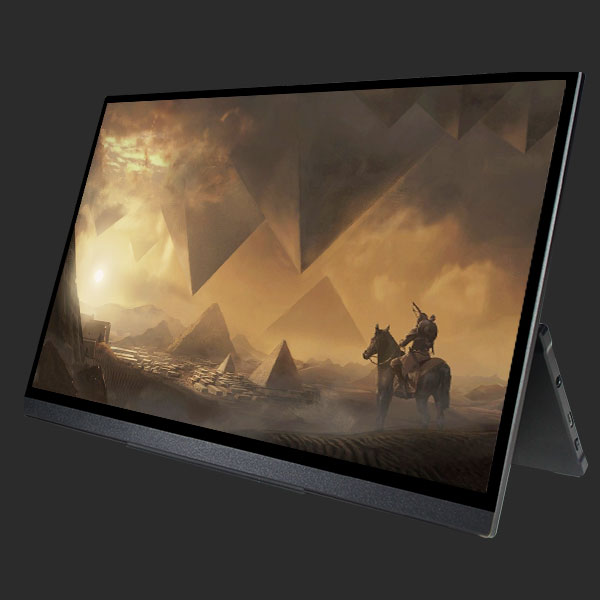
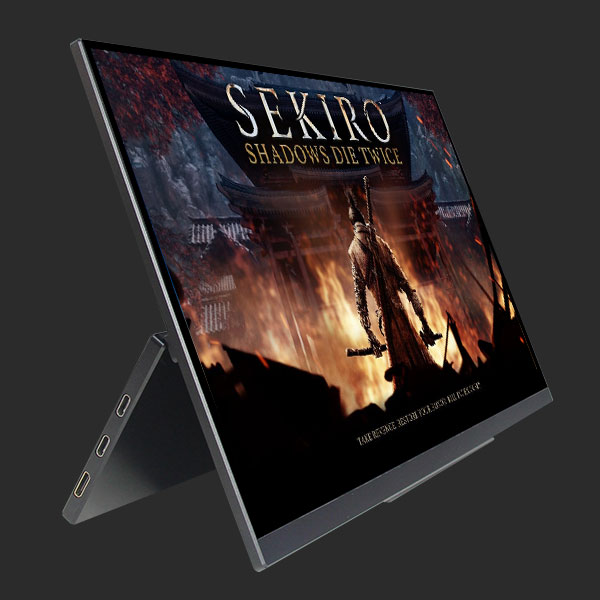


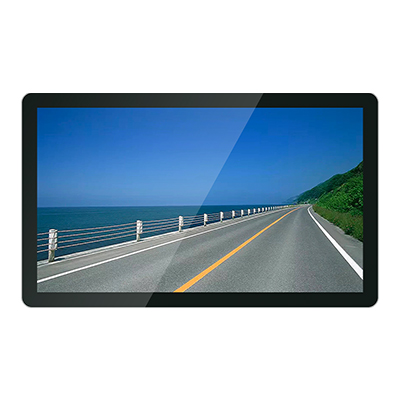
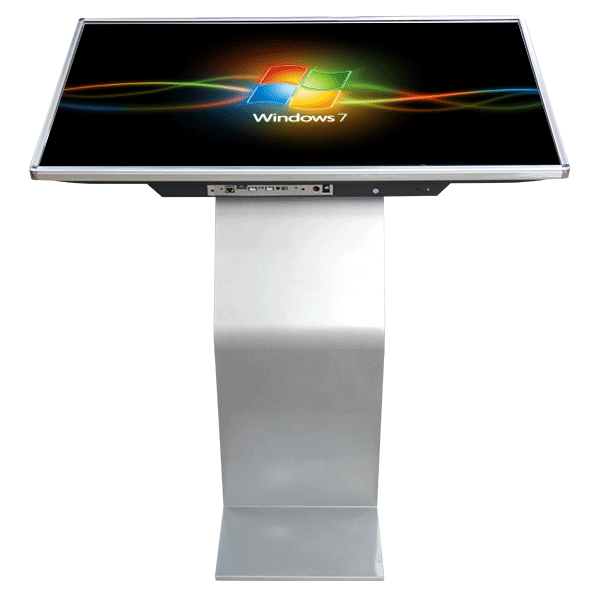

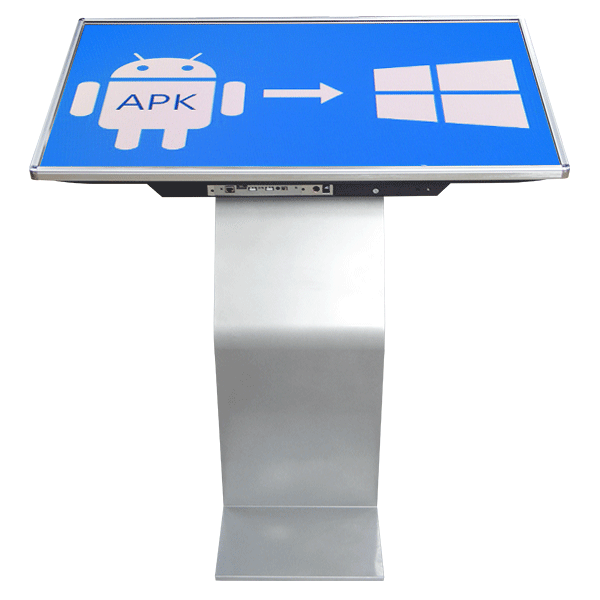
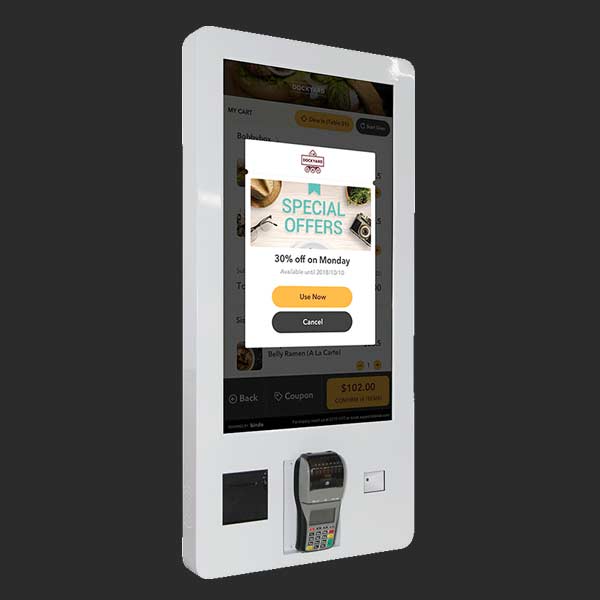



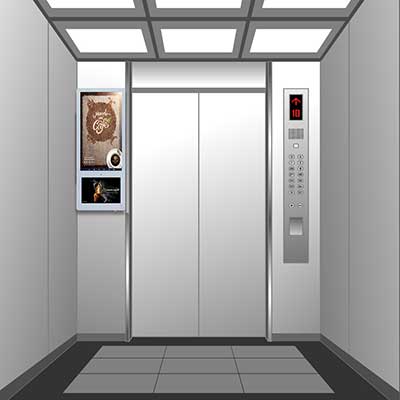
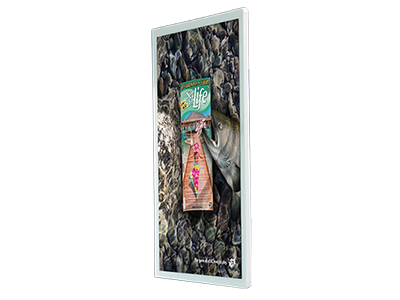
.png)


